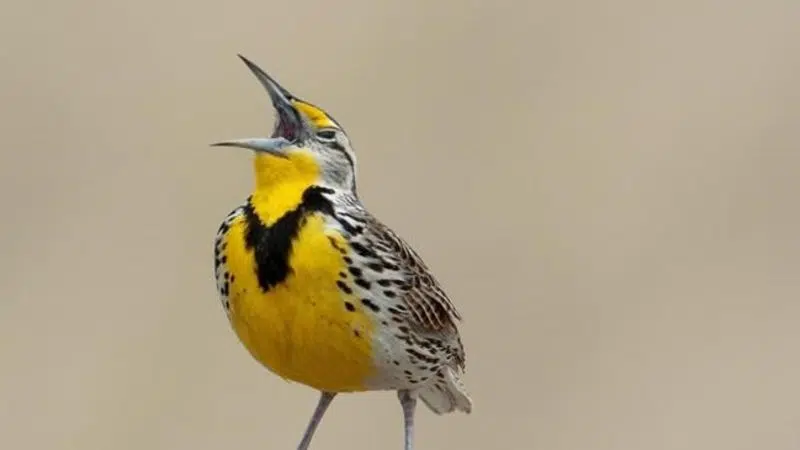
Report finds many birds in decline but co-operation works to rebuild populations
The bad news is that the populations of more than one-quarter of Canada’s bird species are declining, many rapidly.
The good news is that about the same number are increasing — proof, says a study on avian Canadians, that sustained effort can put more wings in the sky.
“Conservation works when it is integrated with our economy, policies and daily lives,” says the 2019 State of Canada’s Birds report, the work of Environment Canada, industry, environmental groups and all 13 provinces and territories.
The report, the first since 2012, examines population trends over nearly five decades for 449 bird species.


